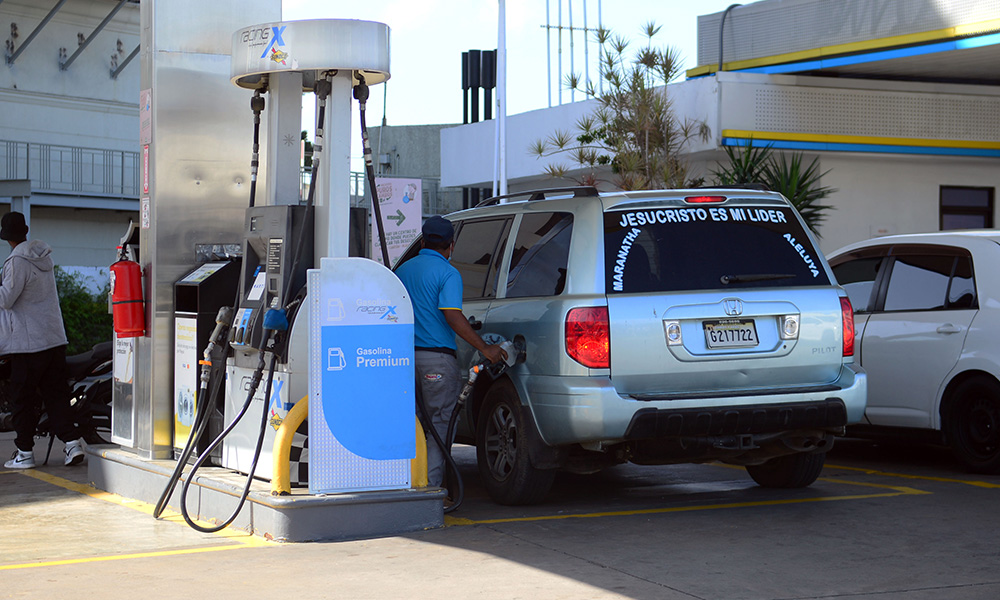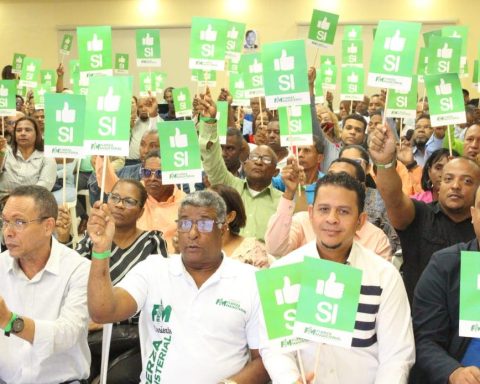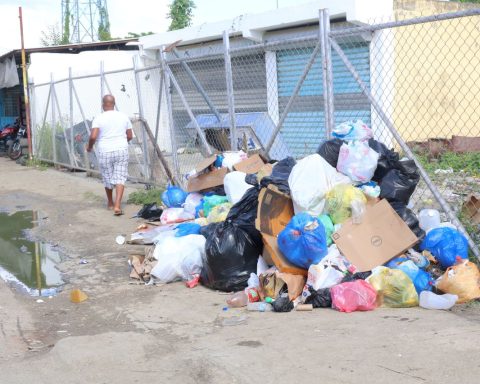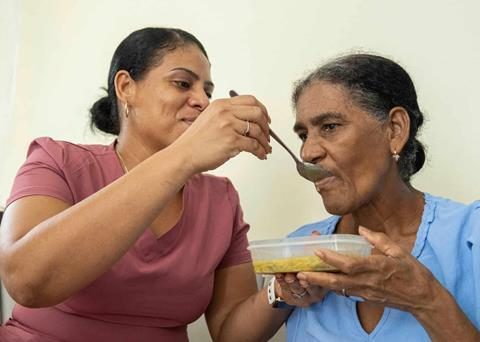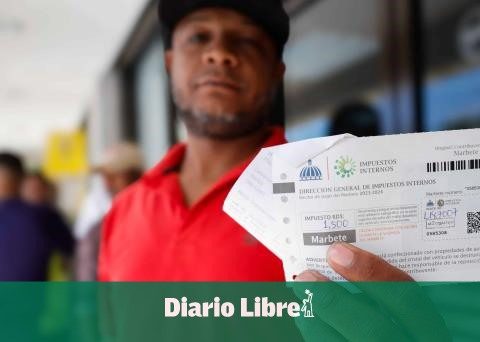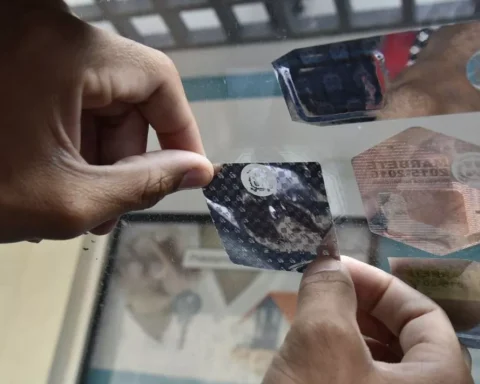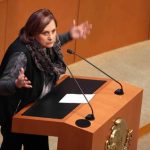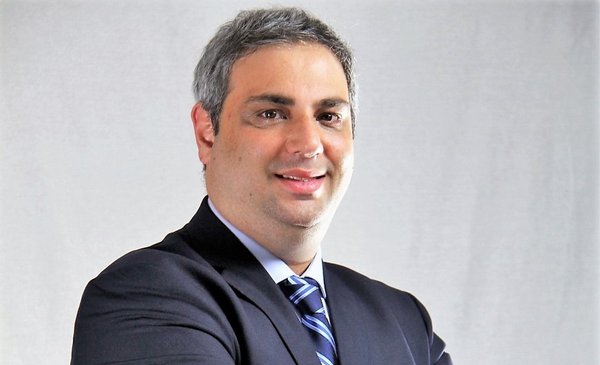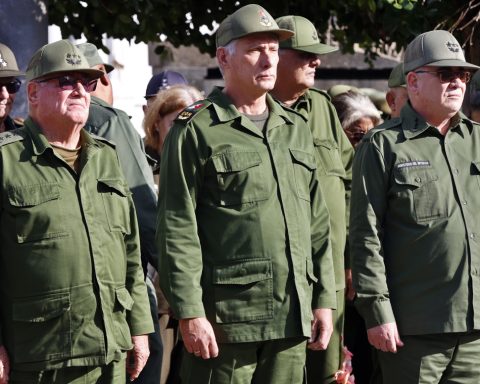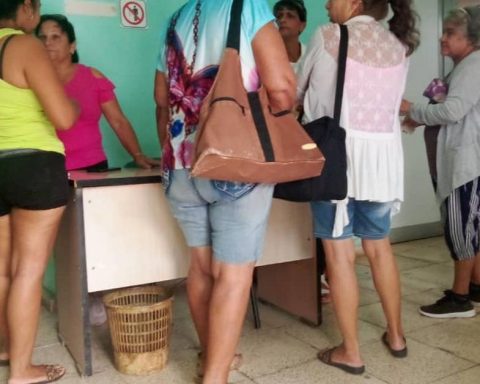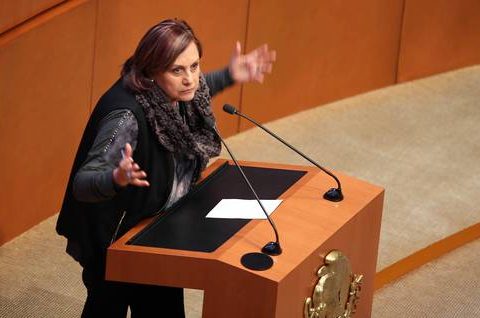In a year and a half, fuel in the Dominican Republic has increased between 87.6 pesos and 35.8 pesos. In August 2020, the price of a barrel of oil was around 42.34 dollars, currently, that amount is around 110.74 dollars for an increase of 161.55%.
This is explained by a specialist consulted by the Special Report program of the communicator Julissa Céspedes, in which it is described that the Dominican Republic has remained for many years as one of the Central American countries with the most expensive fuels due to the tax burden that these have. The price of a gallon of fuel has added a series of elements that make the final cost more expensive.
From August 2020 to date, fuels have increased as follows: Premium gasoline leads the highest cost, and the largest increase. Consumers went from paying 206.60 pesos to 296.70 of 46.31%, which is about 87.6 pesos, details in the program that is broadcast on CDN, channel 37.
Regular gasoline went from paying 196.30, 19 months ago, to raising its price by 41.57%, that is, each gallon is purchased at 277.90 pesos, which represents a variation of 81.6 pesos.
Regular diesel that was paid for a gallon at 150.70 pesos this week is around 223.60 pesos for an increase of 72.9 pesos, which represents an increase of more than 48.37%. Optimum diesel, in the last two years, rose at least 77.8 pesos, that is to say that consumers went from paying RD$163.30 per gallon to RD$241.10 for a percentage increase of 47.64%.
Currently, LPG costs 147.60 pesos. Two years ago the gallon did not exceed 111.80, so in this period of time its cost increased by more than 35.8 pesos for an elevation of 32.02%.
The “formula” would not work
According to those consulted by the communicator, the “little formula” proposed in the bill that seeks to modify the current Hydrocarbons Law is “a piece of legislation that seeks to benefit importers, and increase the cost of fuel.”
“He is already telling you: it is to increase tax collections but strengthening the importer, the fuel terminal.
When you begin to see the content, little by little, you realize that the process has a series of shortcomings that are serious”, says Juan Ignacio Espaillat, former president of the National Association of Gasoline Retailers (Anadegas) regarding the object of the bill.
For Espaillat, the ideal would be for prices not to be set every fifteen days as is being proposed, but rather with the fiscal period, that is, monthly, as they do, according to what he said, in countries like Costa Rica and Uruguay.
The Import Parity Price is the sum of all reference costs and charges admitted by the Government in the Import Parity Formula. The formula is: PPI = cost placed in port (free on board), plus the cost of freight, to which is added the costs of maritime insurance, bank costs, other minor costs, the cost of handling the terminal, and the administration expenses of the law, details the report.
He explains that with the preliminary project that was submitted last week, the aim is to add six elements in addition to the six that would remain in the current form, after the elimination of the element, other costs.
Complaint of the population and decision of the Government
The report collects the opinions of citizens who complain about the high price of the product that influences both the cost of the family basket and the transportation system. “The Dominican government has cushioned these price increases by freezing their local prices, which has led to the creation of a generalized subsidy amounting to between 300 and 400 million pesos a week,” explained economist Jaime Aristy Escuder.
The new elements of the formula
The new parameters to calculate the import parity price would be: the premium that will correspond to an octane adjustment, the intermediation cost that would be the payment made by importers to intermediaries, the certification expenses that are the costs of the certifications and analysis of the products, it is also sought to add maritime losses, inventory costs, the creation of a stabilization and compensation fund for fuel prices and the difference in exchange.
